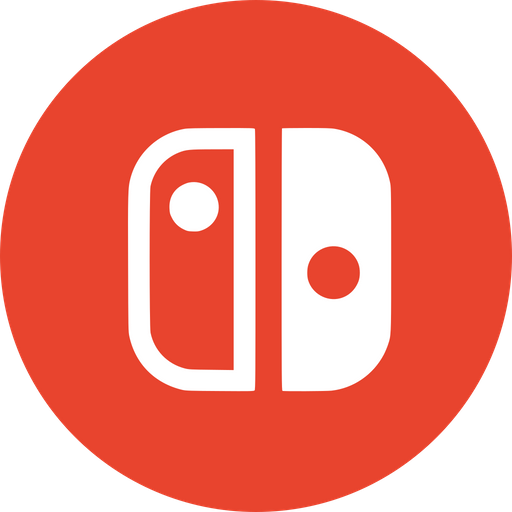- cross-posted to:
- [email protected]
- cross-posted to:
- [email protected]
The latest in the Picross S series, in which problems from the Picross e series can be played!
Picross S+ allows users to play puzzle problems from the nine titles in the Picross e series, which have been downloaded a total of 680,000 times as Nintendo 3DS download-only software, using the Picross S system. Basic software containing problems from the original Picross e, with problems from Picross e2 through e9 available for download as additional paid downloadable content for [$4.99 / £3.99 / €4.99 each]
So Picross E will come by default, rest of E2 to E9 will be available as separate DLCs, with 4.99 each.



I recommend seeing it in action for some visuals.
https://youtu.be/jA-et0LCpNo?si=frJf_rb-utGsqj49
You start with a large shape made of cubes and have to remove or paint those cubes to reveal the object within. This object is not only made of cubes, but rather, is a mix of solid shapes and the paint is what you use to set on the final piece, just like regular piccross.
Due to the added dimension, the regular picross rules wouldn’t really work (too much info would be given and the game would be trivial), so they reformulated it a bit. You still get hints for whole rows and columns. But instead, you have two paint colors isn’t of just one.
Blue paints will apply to cubes that are the full cube shape in the final object. These are often inside of the object. Orange paint will apply to cubes that become a subshape. Hints on the sides will only have two numbers, a blue and an orange one, and that number says how many of each color is in that row.
If you have a row of 3 three white blocks and the side has a blue 3, you know you can paint it blue all the way.
Two numbers is weird if you come from picross where rows can have like strings of 7 numbers signifying separate groups of pixels. But it’s enough. Because the numbers can have two more hints.
A simple number means all painted cubes of that color are grouped together. If your white row of has a blue 2, then you know the middle cube has to be blue so they stick together.
If a number has a circle around it, then the cubes will be spread in two groups. For example, if the row of 3 white cubes has 1 blue and a circle orange 2, then you know the order of cubes in that row is orange-blue-orange.
If the number is surrounded by a square, the the painted cubes are in 3 or more separate groups. If you have a row of 5 white cubes and a squared blue 3, then you know the painted cubes are off the sides and in the middle.
Besides this, the game also gives you a cross section tool so you can see inside the shapes. Without it, you wouldn’t be able to paint the inner parts of a big object, and it helps with focusing rows or columns.
What I really like about the game is that you can much more frequently see patterns in the objects. Like, if you recognize you’re building a train, you can sometimes complete it by shape rather than by paint rules. This is true of picross pixel art, but I find it a much more likely occurrence with 3D objects and it makes me happy when it happens.
Many thanks for explaining this in detail! I think I understand, but it probably makes more sense as you play it. Sounds a bit like the colour picross puzzles in the S series?
Game looks great (visually, and as a puzzle game). I’ll definitely look into emulating it if it’s possible.